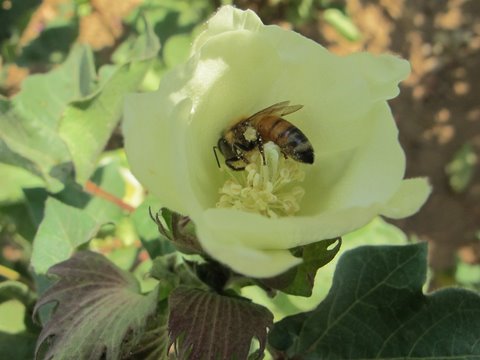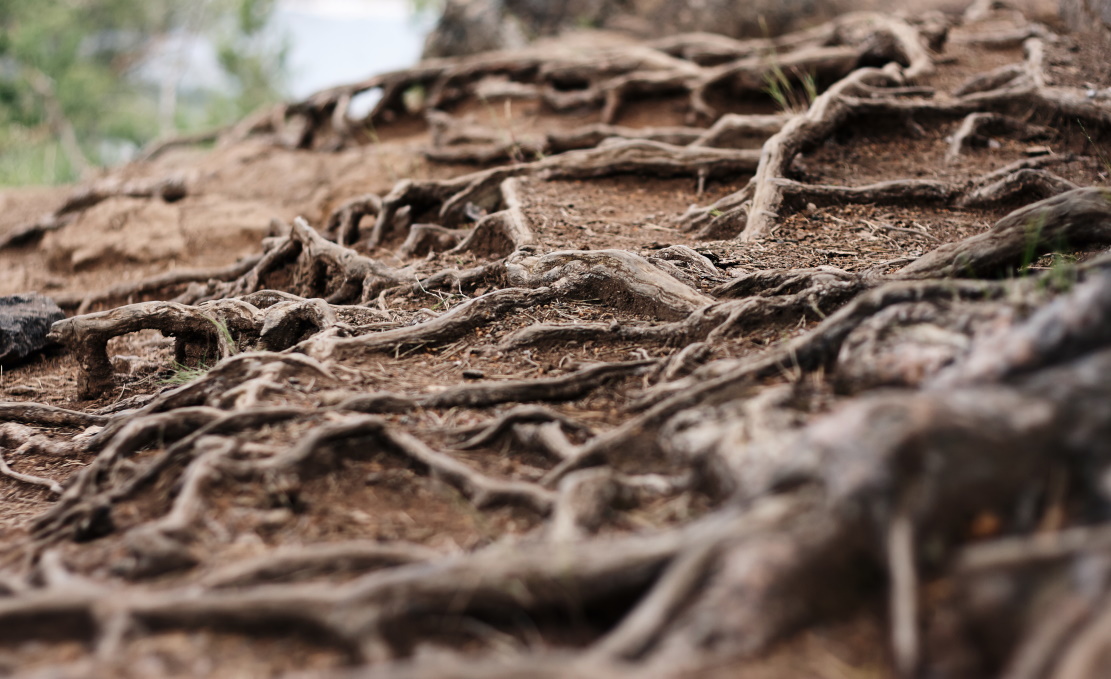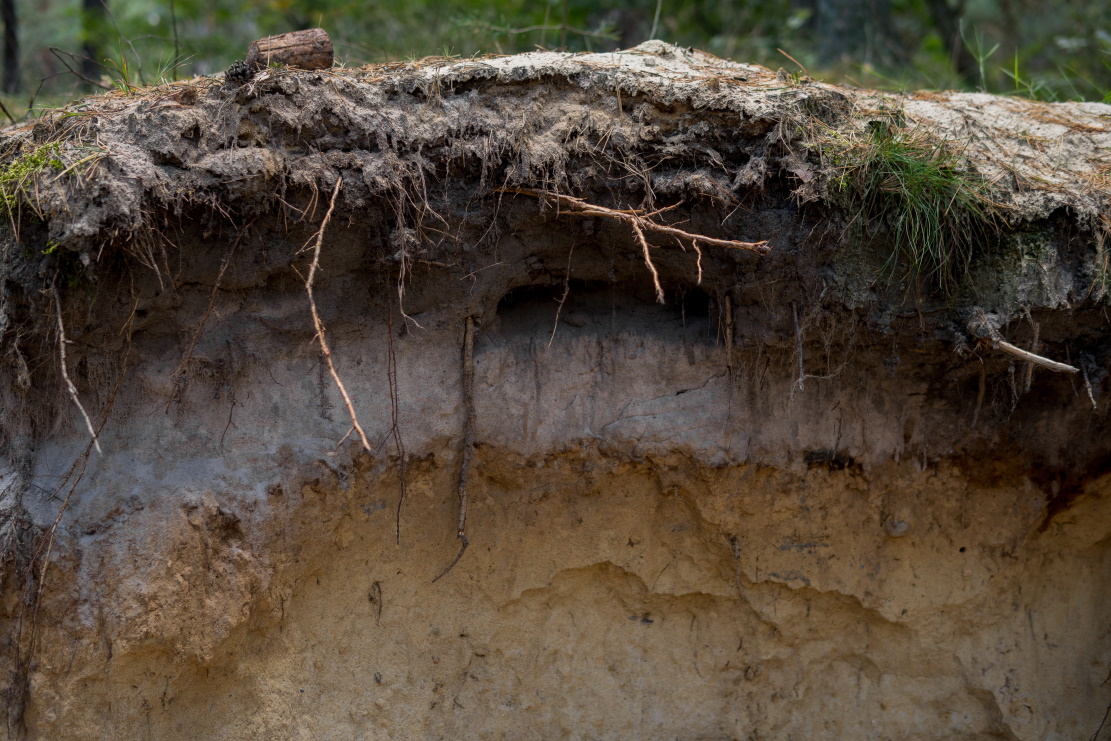Dr Christa Mulder – Understanding How Flowering Plants Respond to Climate Change
About this episode
More episodes
Professor Keith Solomon – Dr. Gladys Stephenson | The Weight of Evidence: Brought Clarity to the Buzz About Pesticides and Pollinators
Modern environmental science faces a curious paradox. We have more data than ever, but less certainty. For scientists, policymakers, and the public alike, the sheer volume of studies, each with its own assumptions, experimental conditions, and interpretations, can be overwhelming. Which studies are trustworthy? Which deserve more weight when making decisions about environmental safety? This question has haunted environmental toxicologists who were trying to determine whether pesticides were harming pollinators such as honeybees. Some studies could show significant impacts while others may show minimal effects. Such inconsistencies can fuel the debate over insecticides like neonicotinoids and lead to public confusion. To address this, Professor Keith Solomon, an environmental toxicologist at the University of Guelph, and colleagues set out to bring structure and clarity to the field. Their goal was not to silence debate, but to create a rigorous, transparent, and quantitative framework for evaluating scientific evidence. The result was a methodology called the Quantitative Weight of Evidence, or QWoE.
Dr. Ossénatou Mamadou | Understanding turbulence in the lower atmosphere above West Africa
West Africa’s climate is constantly being shaped by interactions between the ground and the lower atmosphere, where instabilities can give rise to unpredictable turbulence. Guided by extensive weather observations, a team led by Dr. Ossénatou Mamadou at the University of Abomey-Calavi, Benin, has gained important insights into when and how these instabilities occur, and how well they can be predicted by existing theories. Their findings could help climatologists improve weather forecasts in the region and better understand how West Africa might respond to a changing climate.
Professor Alex McBratney | Securing the Soil Beneath Our Feet: Mapping and Managing Australia’s Hidden Asset
Soil is one of the most important resources on the planet. It grows our food, regulates water, supports ecosystems, and stores vast amounts of carbon. But it’s also incredibly complex, and surprisingly poorly understood. In Australia, Prof. Alex McBratney of the University of Sydney and his colleagues are changing that. By working with the Soil Security Assessment Framework, they’ve developed new tools and approaches that are helping to reshape how we measure and manage soil. From identifying similar soils and grouping them into categories, to estimating the monetary value of their ability to support food production, to surveying how people relate to the land beneath their feet, their work is creating a new language for talking about soil. Here, we explore the studies that put the framework into action and show why securing our soils is essential not just for farming and food security, but for ecosystems, economies, and climate resilience too.
Professor Alex McBratney | Soil Security Starts Here: a Framework for the Future
Soil sits at the heart of nearly every major challenge humanity faces, from food, water and energy security to climate change, biodiversity loss, human health, and the delivery of vital ecosystem services. But, soil itself is increasingly under threat. As these pressures intensify, soil security has become a global priority in its own right. Yet despite its critical role, there are still gaps in how we understand, study and manage soil. Too often, soil research fails to reach the land managers, policymakers and communities who need it most. At the University of Sydney, Professor Alex McBratney and his colleagues are working to change that. They’re leading the development of the Soil Security Assessment Framework, a new approach that considers not just what soil is, but what it does, how it’s valued, and how it’s governed. By defining five interconnected dimensions of soil security, the team is helping to shape a more strategic, outcome-focused research agenda, designed to translate scientific insight into practical actions.
This work is licensed under a Creative Commons Attribution 4.0 International License. 
What does this mean?
Share: You can copy and redistribute the material in any medium or format
Adapt: You can change, and build upon the material for any purpose, even commercially.
Credit: You must give appropriate credit, provide a link to the license, and indicate if changes were made.
Increase the impact of your research
• Good science communication helps people make informed decisions and motivates them to take appropriate and affirmative action.
• Good science communication encourages everyday people to be scientifically literate so that they can analyse the integrity and legitimacy of information.
• Good science communication encourages people into STEM-related fields of study and employment.
• Good public science communication fosters a community around research that includes both members of the public, policymakers and scientists.
• In a recent survey, 75% of people suggested they would prefer to listen to an interesting story than read it.

Step 1 Upload your science paper
Step 2 SciPod script written
Step 3 Voice audio recorded
Step 4 SciPod published




